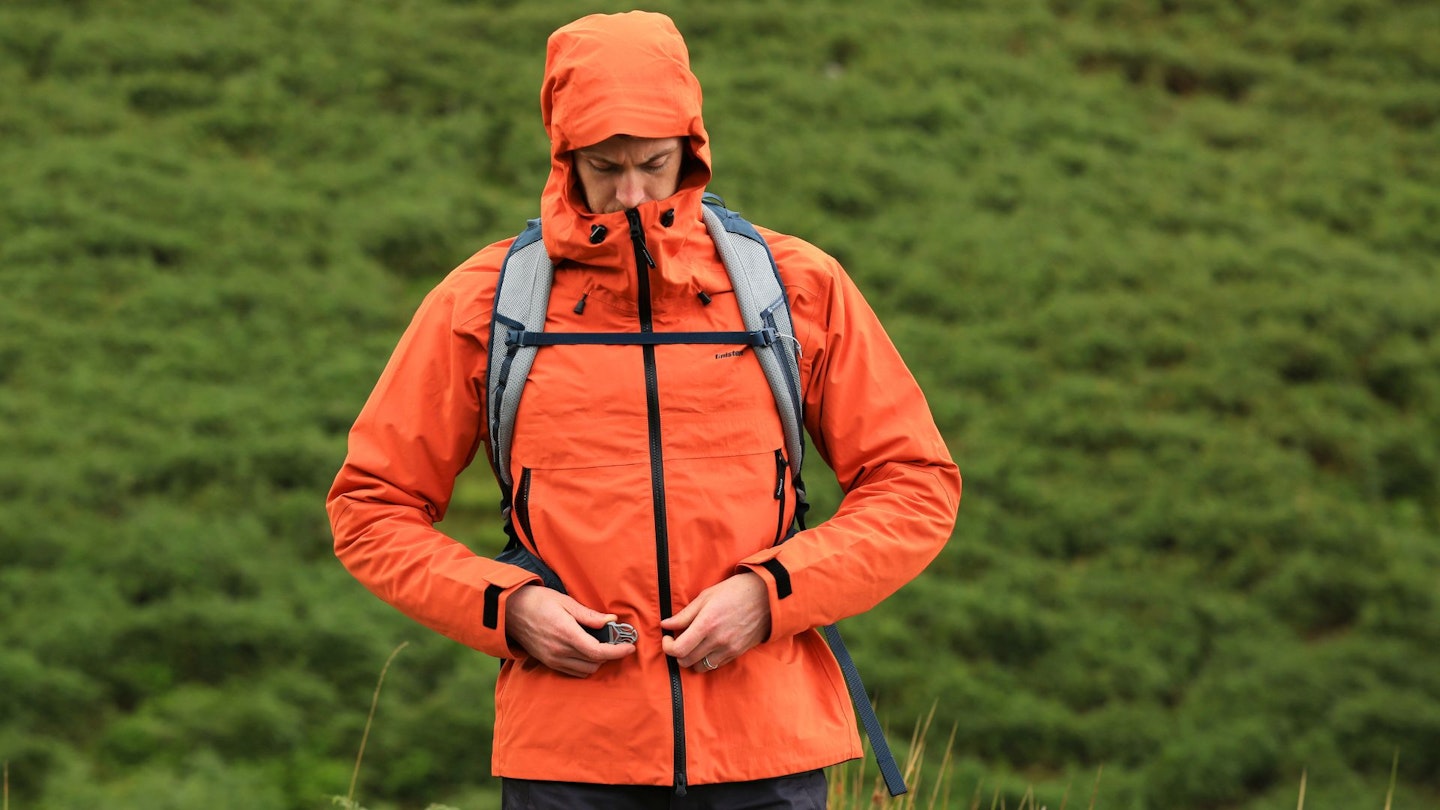There are a number of brands that didn’t begin in outdoor gear but have moved into it over the years. Salomon and Adidas are two examples of this, and Finisterre is another. It’s a surfing brand, and is still very much oriented toward the sea, but it’s branching into outdoor gear in the form of fleeces and waterproof jackets.
Given that many brands have successfully entered the outdoor gear market, we weren’t going to scoff at Finisterre’s flagship waterproof jacket – the Stormbird. On paper at least, it sounds promising with its recycled 3-layer construction and high waterproof rating (20,000mm HH).
But what appears on paper and what happens in the field are very different. That is exactly why we at Live For The Outdoors test outdoor gear. So, with its mid level price tag, decent specs, and impressive eco credentials, we were keen to find out if the Stormbird could elbow its way into a crowded market.
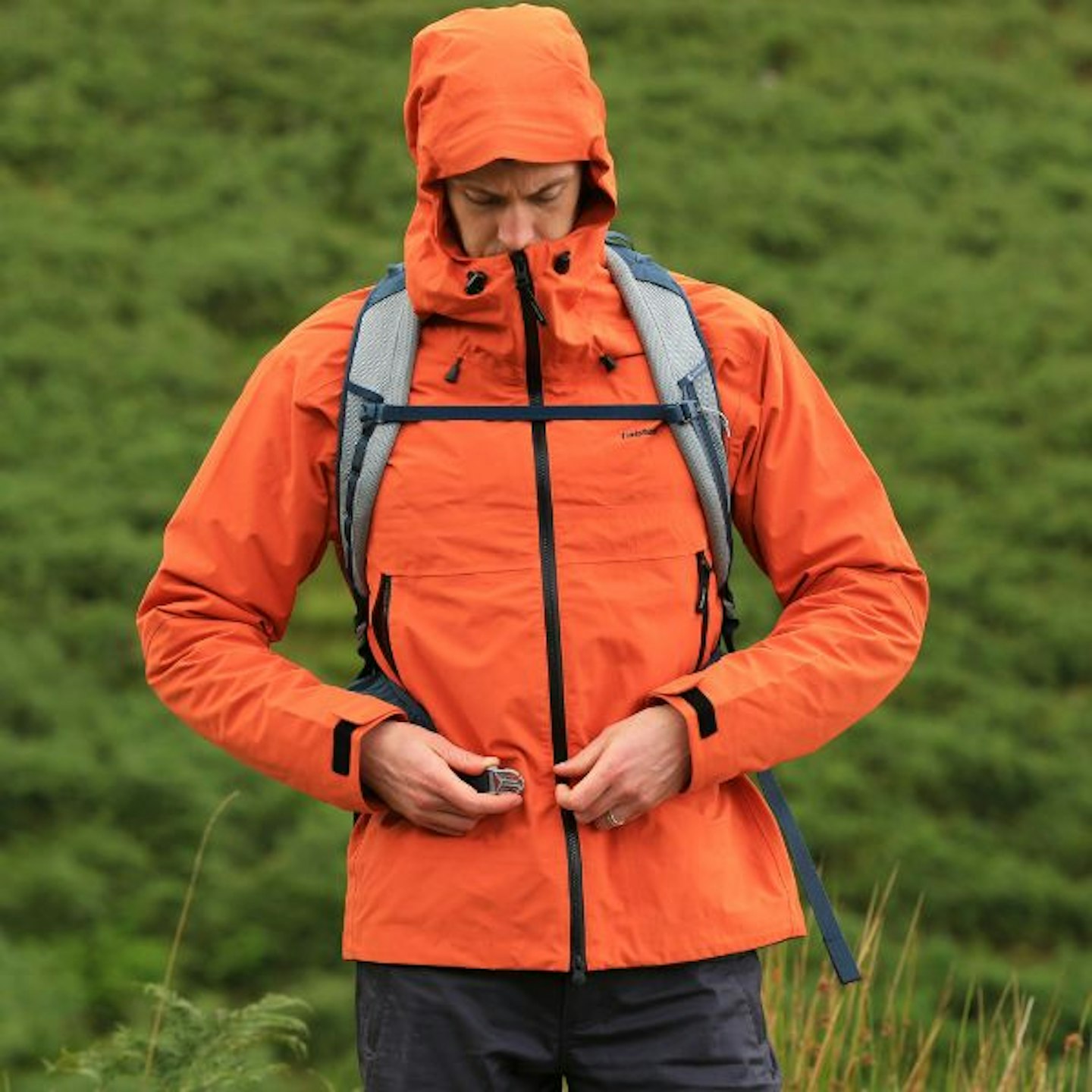 Live For The Outdoors
Live For The Outdoorsfinisterre.com
Pros
- Comfortable
- Durable
- Sustainable
Cons
- Heavier than many rivals
- No pit zips
| Weight | 645g |
| Fabric | Recycled polyester 3-layer w/ PFC-free DWR (20,000mm HH) |
| Men's sizes | XS - XXL |
| Women's sizes: | 6 - 18 |
Design and features
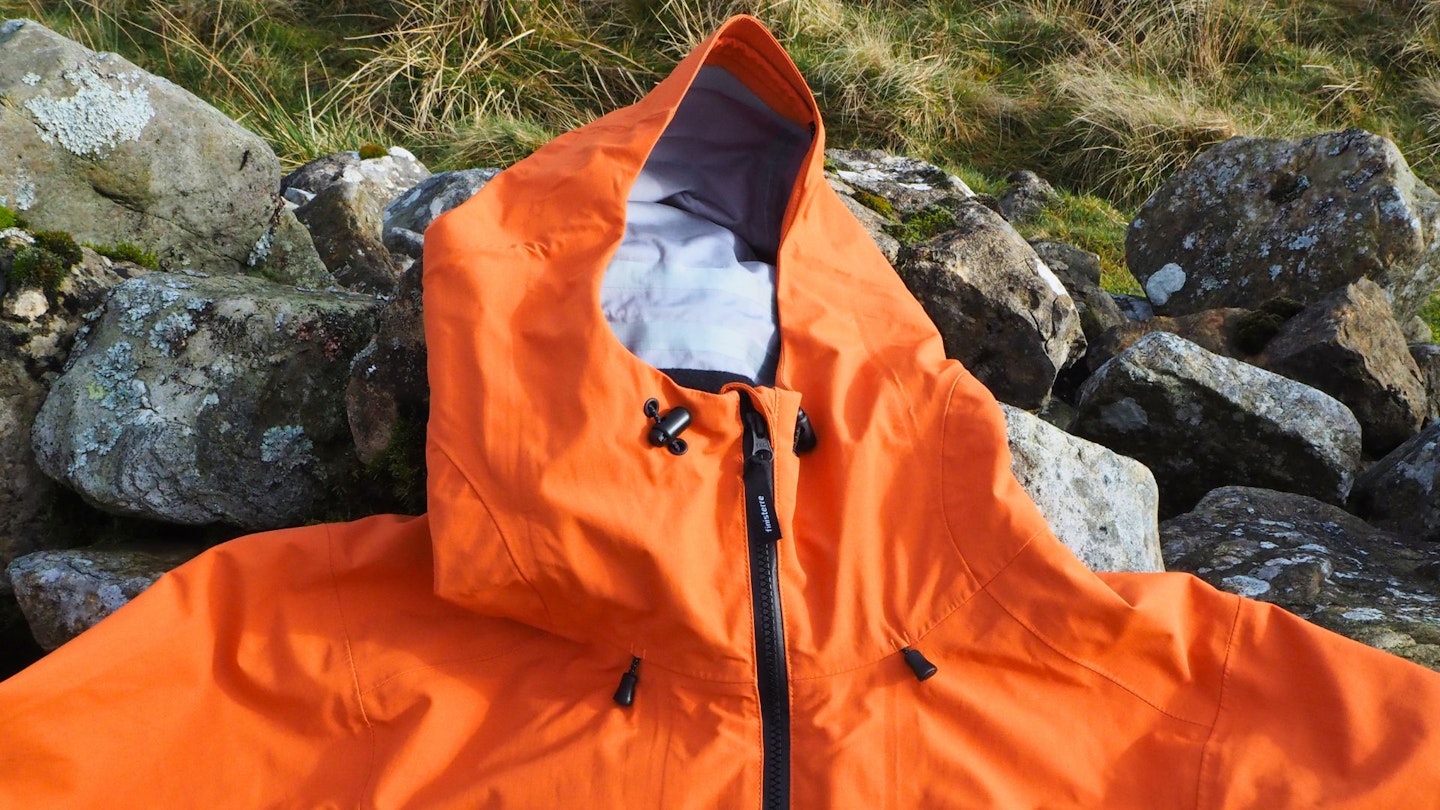
On paper, the Stormbird looks to be a fully featured, without being overly technical, waterproof jacket.
What we mean by this is that the Stormbird has the comfortable, durable, and therefore desirable 3-layer construction. The fabric also reaches the 20,000mm HH threshold waterproof rating we recommend for reliably fending off downpours.
The material not only has good specs, but good eco credentials by being fully recycled and PFC-free. Being polyester, it also feels softer and far less crinkly than nylon waterproof jackets. Although, at around 650g, it is noticeably heavier than many waterproof shells.
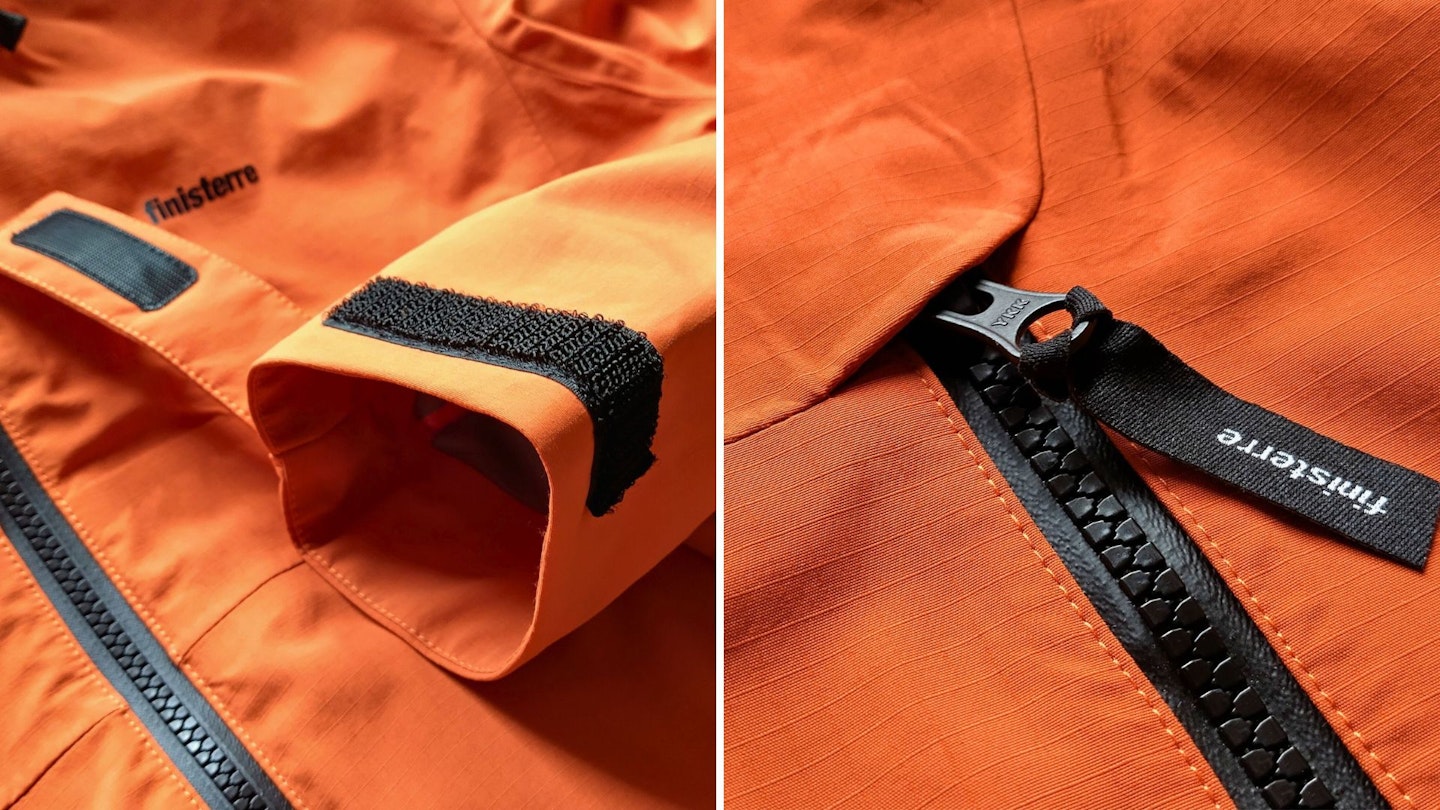
The Stormbird gets what we consider to be key features for a hiking waterproof: Velcro adjustable cuffs, two-way main zip, and handwarmer pockets that are still accessible with a hip belt fitted. But there are some more technical features missing such as underarm zip vents and a wire-peaked hood.
Shop this product
Performance and comfort
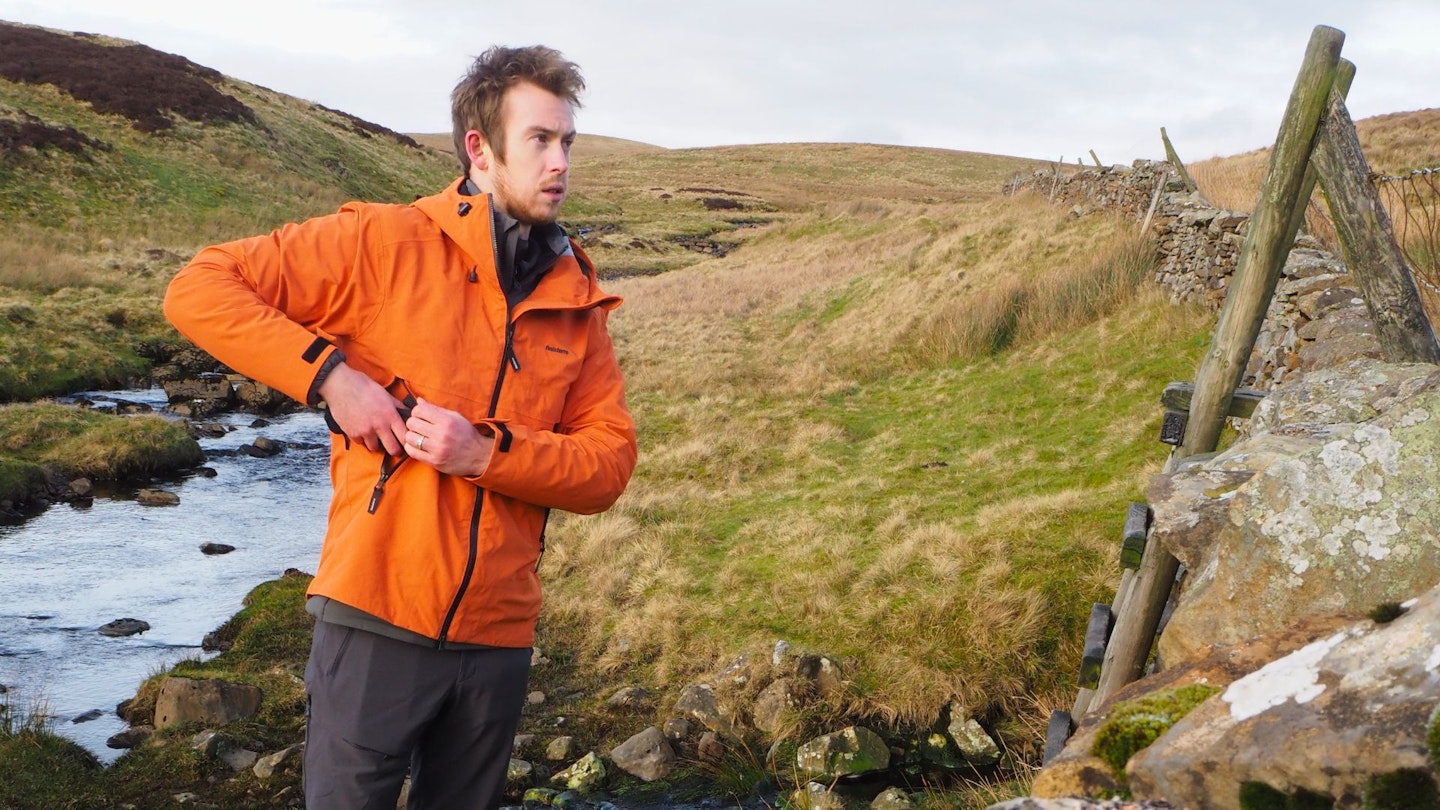
While the 600+g heft is noticeable, what also stood out to us is the Stormbird's comfort. The main fabric really is much nicer to touch and wear than typcial crinkly waterproof materials, and the fleece panel on the neck is a welcome touch too.
In winter and cold conditions, the extra weight isn't really an issue. But on milder days the Stormbird can soon get warm on a hilly hike. Fortunately, the Stormbird offers plenty in terms of weather protection.
Obviously, there's that waterproof fabric with its high waterproof rating, but the hood is also fully adjustable to cinch in close around the head. The main zip comes almost up to the nose, and you can pull the hem tight with a drawcord. Overall, we found weather protection was very good in general hillwalking conditions.
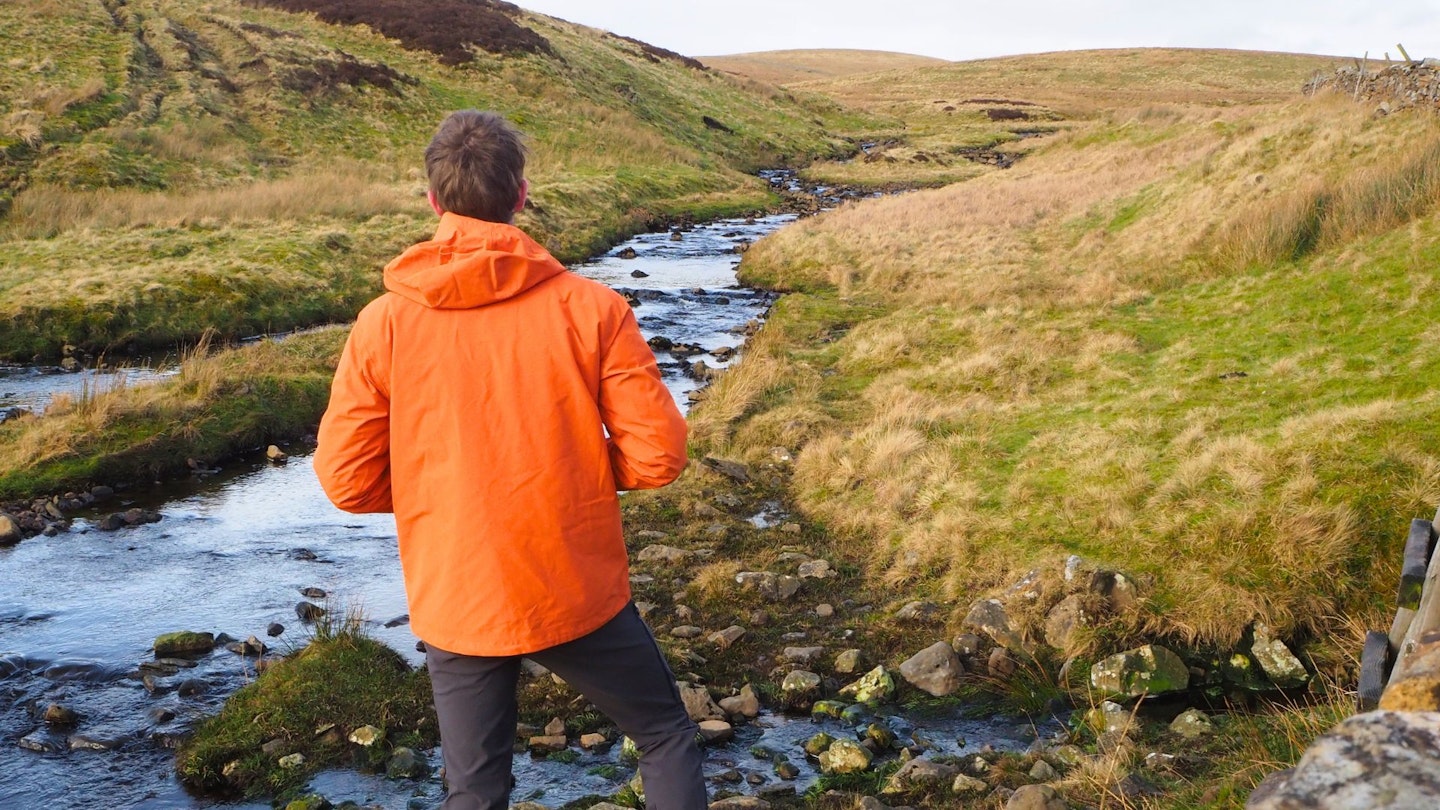
But there is no substantial drop tail hem like you find on some proper mountain hardshells, and nor is there a wire peak in the hood. So, the Stormbird isn't in the 'technical' arena of waterproof jackets, but then, we weren't really expecting it to be.
It is durable though. That slightly more weighty fabric we keep banging on about and the chunky zips offer reassurance that you've invested in a very high quality item. Speaking of zips, some two-way jobs can be a bit fiddly but the one on the Stormbird is excellent.
In terms of fit, the Stormbird has a regular fit that is easy to layer with.
Sustainability

There’s a lot to commend Finisterre for here. As we mentioned, the Stormbird is made from recycled polyester and is PFC-free. But that is almost bare minimum for sustainability credentials these days, and Finisterre goes beyond this.
The company is a certified B Corp, which means it is independently assessed to meet high levels of transparency, social and environmental standards – it was actually the first outdoor clothing brand in the UK to gain this certification.
Crucially, Finisterre also has a repair service for its gear, and will also let you trade in your old or unwanted gear to be upcycled or fully recycled. It’s much closer to a circular business model than you’ll find from most outdoor gear brands.
Shop this product
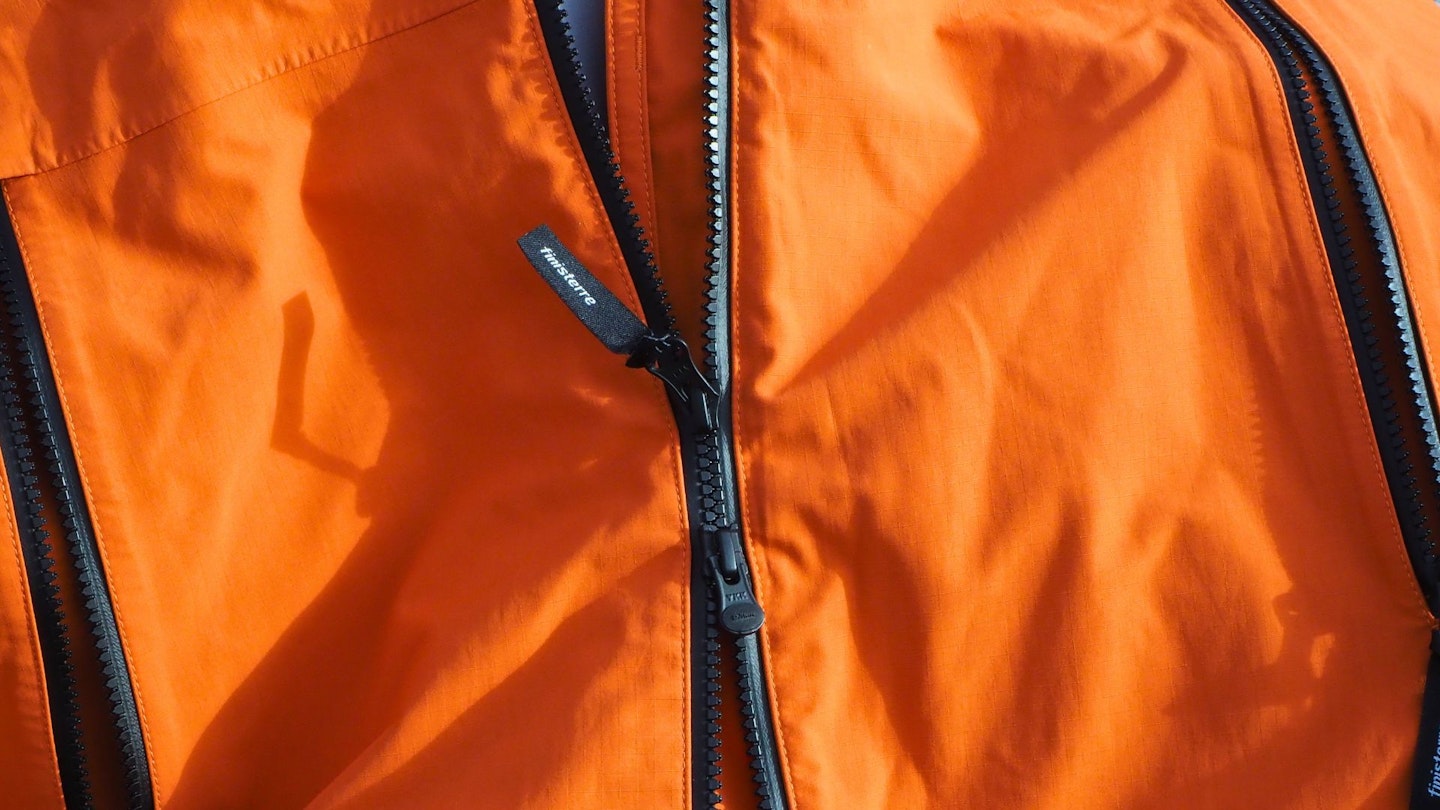
Price and competition
It’s quite easy to criticise outdoor gear for being a money pit – what exactly are you sinking your money into? While the Stormbird isn’t cheap, at least it is obvious where your money is going.
The Stormbird offers excellent comfort and true three-season performance. But you also know that you’re investing in a garment that has been made responsibly, is equipped for true longevity thanks to Finisterre’s repair service, and has end-of-life covered too.
But the Stormbird isn’t without competition. We’d consider one of its closest rivals to be the Rab Arc Eco Waterproof Jacket. The Rab jacket has a lot in common with the Stormbird: similar price; recycled and PFC-free 3-layer construction; and a 20,000mm HH waterproof rating. Rab also offers a repair service.
The Arc Eco is also about 200g lighter, has underarm zip vents, and longer sleeves. On balance the Arc Eco is a better all-rounder for hikers, but we do think the Stormbird is more comfortable.
Verdict
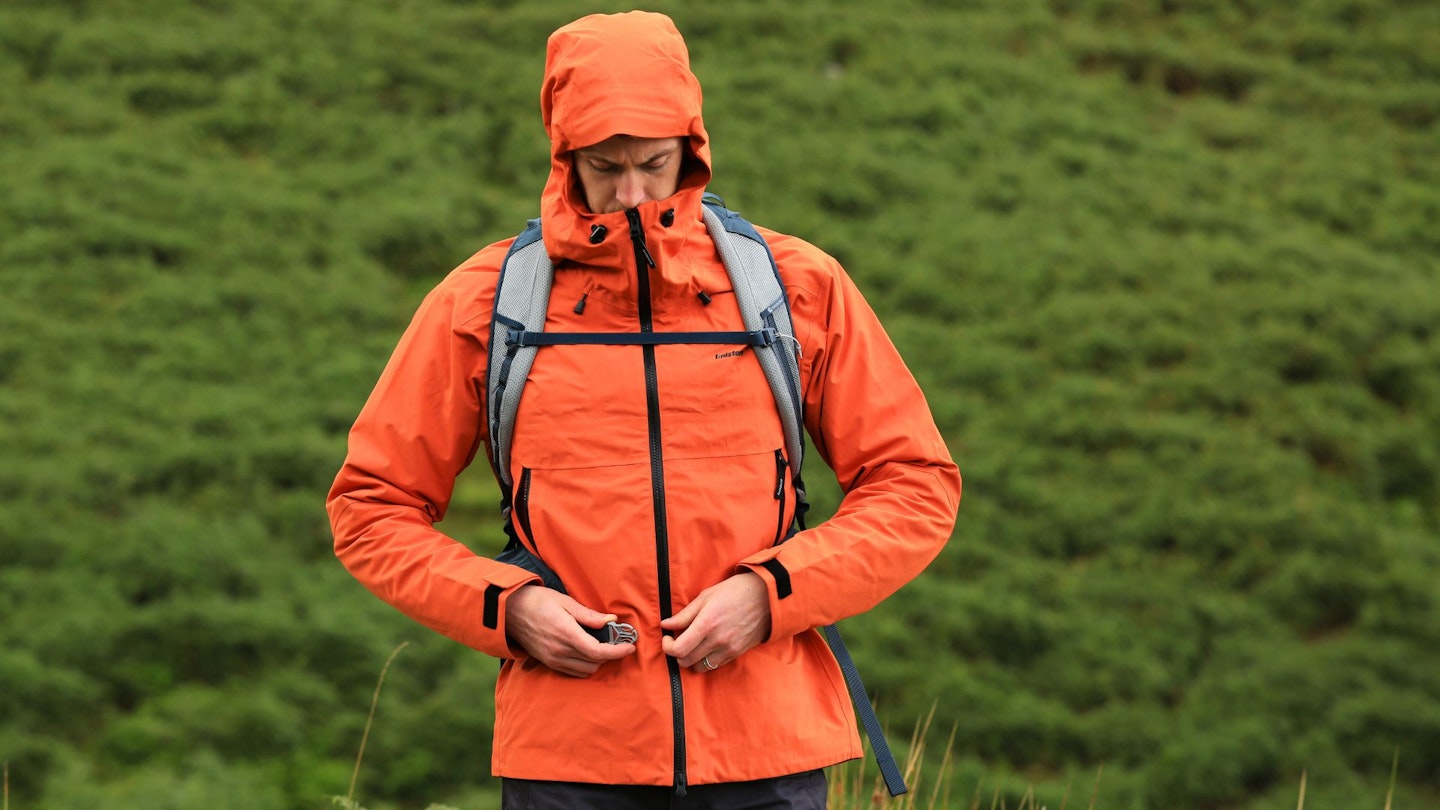
We think the Finisterre Stormbird will appeal to a wide audience. It's not a highly technical winter hardshell for challenging mountain outings. Instead, it's a high quality, high performing hiking and general use waterproof, which is what most people want and need.
The fact it doesn't use Gore-Tex isn't important, we found it reliably keeps the wearer dry even in downpours, all the while being one of the most comfortable waterproofs we've tested.
Sure, it's not the cheapest jacket but you know that it's being made by a responsible brand and to a very high standard. You also get the peace of mind that you're covered for repairs too. These are all important aspects that ever more customers are willing to pay for.
Shop this product
How we tested
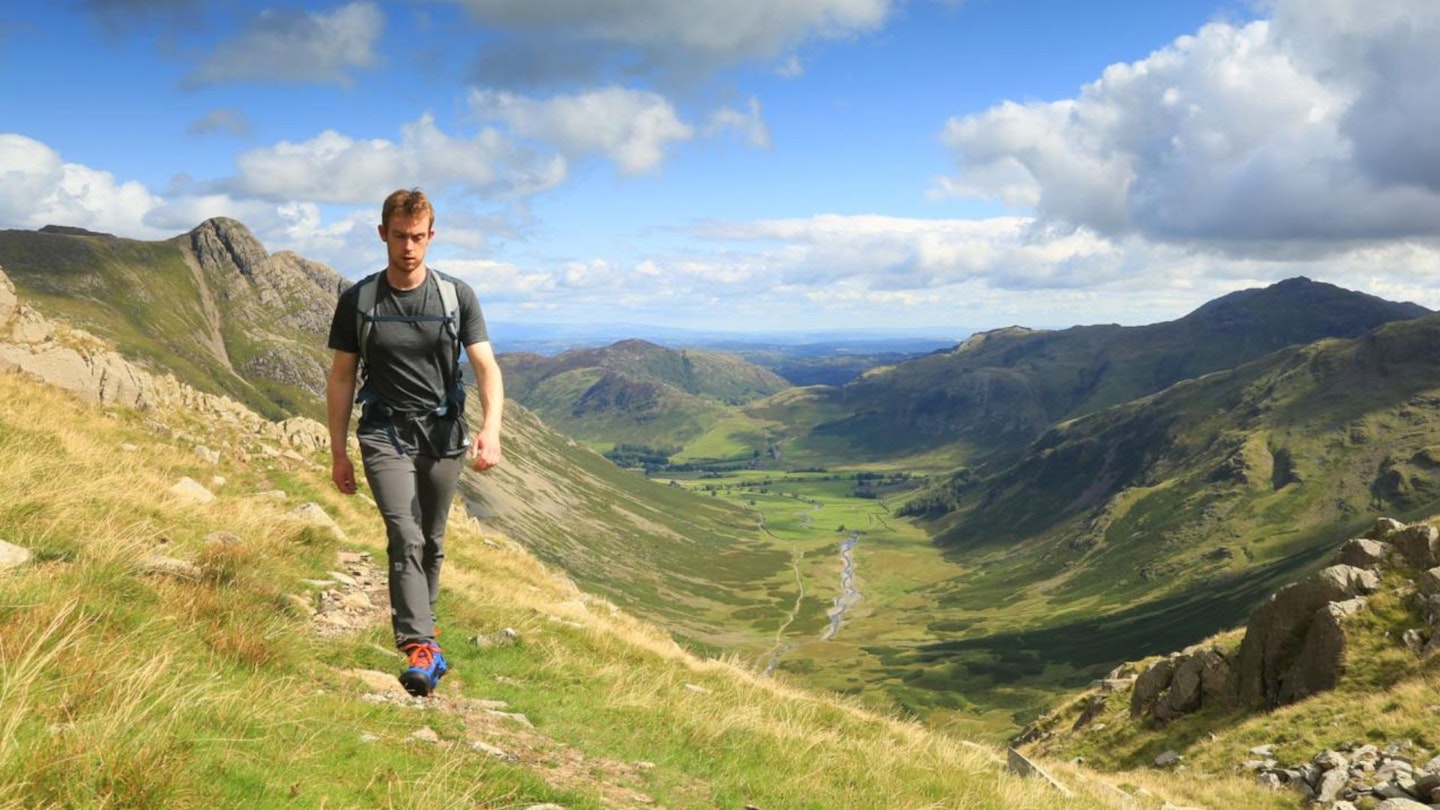
Our tester of the Finisterre Stormbird jacket was Chris Williams, using the Stormbird for about six months through autumn and winter.
Chris has been testing gear for us since 2021, and has journalistic, outdoor industry, and basically his lifetime's worth of hiking experience to bring to his gear reviews.
